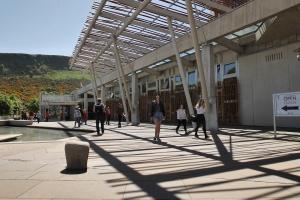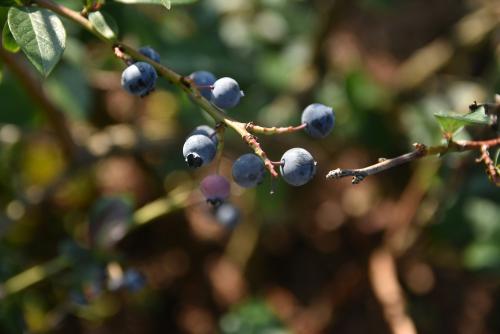
The choices we make about our food and drink are shaped by social norms, what is available and what is affordable. Scotland has a richly deserved international reputation for the quality of its extensive larder of nutritionally valuable animal and plant derived products that can be grown, harvested, produced and processed to provide a healthy and sustainable diet. However Scotland’s population has one of the poorest diet-related health records in the developed world. Driven by the ambition of becoming a Good Food Nation, SEFARI research explores the interplay between dietary health, affordability and sustainability, whilst also working to improve food safety.
Sector Contact

Case Studies

The COVID-19 pandemic emergency has caused major disruption to our physical and social environments, and there are likely to be knock-on effects on our food habits. This blog will discuss a mixed-methods study that is exploring how different aspects of our food habits could have been affected by the pandemic and its consequences.

Eating a nutritious and more environmentally sustainable diet is an increasing priority. Growing and consuming novel crops could form part of the solution.
In this blog, we discuss how we have been working to engage consumers and those connected with the food supply chain with our research on crops such as green pea, fava bean, hemp and buckwheat. A recipe book, video, and networking event (supported by SEFARI Gateway's Responsive Opportunity Fund) have been developed to provide a novel and informed perspective on ‘A Taste of Plants’.

The research discussed in this blog is part of a programme of work to assess the role of dietary components in a healthy diet for an ageing population, particularly effects on mental and intestinal health.
The role of the gut in influencing the brain is an evolving field and this team of clinicians and nutrition scientists conducted a small human study to examine the role of gut bacteria (by focusing on the microbial profile) in people with Alzheimer's disease who exhibit behaviours that challenge us.
This work has the potential to aid the specific needs of an ageing population by better tailoring the clinical-care pathway and creating new opportunities for life-science companies and industrial markets to develop healthy foods/diets that can help.
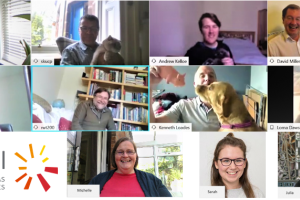
In this blog, we thought we’d let you know the latest developments from SEFARI Gateway, as we continue to work together even though we are currently physically apart.
For us, lockdown has really emphasized our love of nature (on daily walks, in the garden or by virtually meeting each other’s pets, now so much a part of the virtual meeting world!). Gateway’s work itself has been intensive. The strengths of our stakeholder partnerships and an adaptable approach to connecting across knowledge networks has hugely benefitted us and provided new ways to work.

In these current challenging times, those of us lucky enough to have a garden, allotment or even a small amount of space in a window-box might be considering ‘growing our own’ food and wondering what we should plant. With a plethora of mail-order seeds available deciding what to grow can be challenging.
Here we consider the health benefits of eating edible wild plants, highlighted by ongoing SEFARI research.

During the COVID-19 crisis SEFARI research institutes are not able to conduct human nutrition trials but that doesn’t mean we can’t find other ways to help.
Normally our Human Nutrition Unit team (pictured in the volunteer dining room - prior to the current COVID-19 social distancing requirements) cook for and feed our volunteers as part of the human nutrition trials conducted by our researchers. The team are interested nutrition and care about what we eat, but what do they do when they have no one to feed?

In this blog we discuss our new project called Diet Detectives, which is supported by SEFARI Gateway's Responsive Opportunity Fund. Helping young people understand where their food comes from and how to eat a balanced diet has always been a key goal of the Rowett Institute's research and community outreach programmes. We are facing a climate emergency and this activity introduces ideas behind the environmental impact of diets and how the food we choose to eat can have an impact.
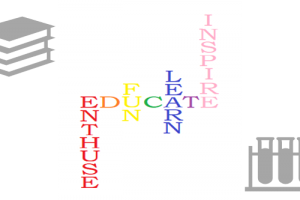
Online educational activities and resources are needed more than ever at the moment to help with home schooling. In this blog, find out how SEFARI is trying to help by making our educational resources more accessible and discover a few of our activities on food, agriculture and the environment that are either available now or are coming very soon.

Are urban community food growing projects the answer to the problem of food poverty and the seemingly ever-increasing number of food banks? We conclude that they aren’t, but that they are an important response to wider challenges of poverty, loneliness, exclusion and a decline in community investment.

Despite national dietary guidelines, our typical diet still contains too many calories, saturated fat, salt and sugar, whilst having insufficient amounts of fibre, fruits, vegetables and fish. Advice for healthier diets proliferates, but many people may not know how to make sense of all these messages, how reliable they are and how to use them in a retail environment where food producers use sophisticated marketing strategies to promote specific (and often unhealthy) products.

Promoting more healthful food practices is a central goal for policy makers and health professionals in many high-income countries.
The Scottish Government and local authorities have a number of policies and strategies aimed at improving the healthfulness of eating habits including Recipe for Success, Revised Dietary Guidelines, and Good Food Nation because it has been well established that a poor diet can have serious health implications, including increasing the risk of diabetes and heart disease.

Do you ‘eat to live’ or ‘live to eat’? Our individual relationship with food is complex, often changed by influences such as cost, availability or peer pressure. Our appetite, or the desire for food, is a major stimulus for eating but even this isn’t fixed and changes as we age. This is important because if you are thinking about your next meal or so busy that you forget to eat, appetite is what will influence our next food choice and we know that what we choose to eat affects our health, including our risk of heart disease, high blood pressure, type 2 diabetes and obesity.

We are pleased that Professor Ian Toth, Head of the Plant Health Centre, is able to tell us more about this new virtual centre and why working together is crucial for enhancing Scotland's resilience in the face of threats to arable crops, trees, horticulture, and wild plants. The Plant Health Centre joins three exisiting Scottish Centres of Expertise on climate, water and animal disease.
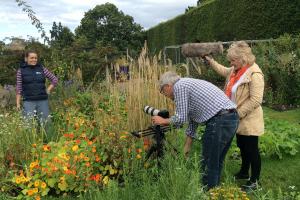
We are pleased that Annemarie Gibson of Circamedia, an Edinburgh-based film and multimedia production company, has provided us with some insights into what excited her whilst learning about SEFARI research and ultimately telling our story on film.
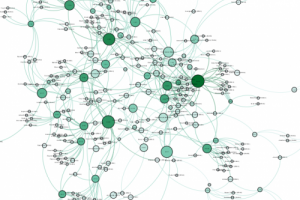
Complex, multidimensional, interconnected data can be extremely difficult to communicate effectively even using classic visualisation tools. Gone are the days when we can just draw a straight line through a 2D scatter graph.

This week SEFARI is heading down south to London to take part in the UK's only food and drink cross-sector event, called Food Matters Live, which is taking place from 21st - 23rd November 2017 at London’s ExCeL.The free to attend event involves around 800 organisations and brings together a wide range of people and companies: food producers and retailers from small and medium enterprises to multi-nationals, UK and international-agencies; non-governmental organizations, research funders, scientists, nutritionists, students, politicians, food campaigners and chefs. Essentially, if you have even a remote interest in food there will be something there for you!
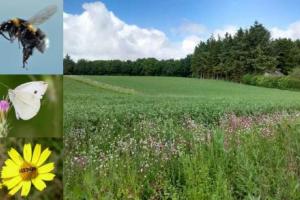
Our farmland environment is made up of a highly complex network of habitats that support an amazing diversity of plants and animals, microscopic soil organisms to farmland birds. Any changes to this intricate network of interactions can be subtle and sometimes unpredictable, so it is important we fully understand how our environment is changing over time.
Pagination
Blog
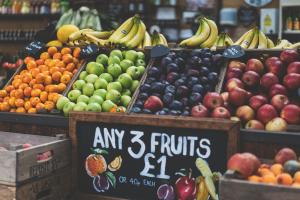
Over the years successive UK governments have implemented various policies to encourage fruit and vegetable consumption.
